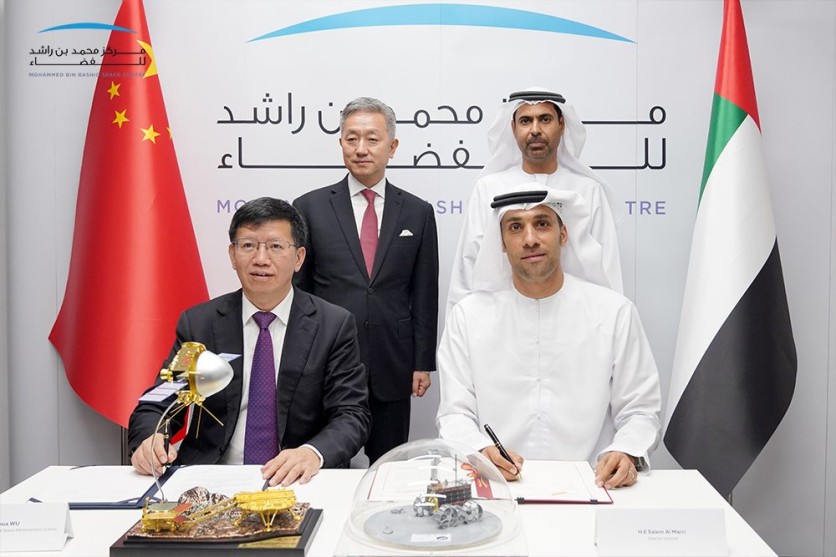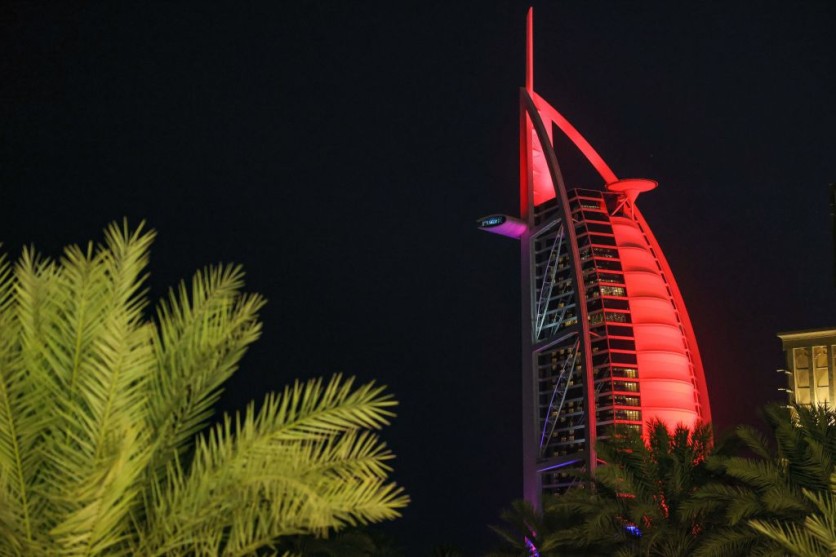With the support of a new partner, the United Arab Emirates (UAE) may now forward its plans to explore the moon.
The China National Space Agency (CNSA) and the Mohammed Bin Rashid Space Centre (MBRSC) of the United Arab Emirates have signed a memorandum of understanding to collaborate on future moon missions, the MBRSC revealed on Friday, Sept. 16.

First Collaborative Space Initiative
The MBRSC also announced today through Twitter that the two organizations will "collaborate on future moon missions involving the landing of an MBRSC rover atop a CNSA lander."
According to another tweet from the agency, the arrangement represents the first collaborative space initiative between the UAE and China.
The MBRSC is already working with two business sector partners on the Emirates Lunar Mission, which is expected to launch the tiny Rashid rover to the moon in the latter part of this year, as per Space.com's report.
The 22-pound (10 kilograms) Rashid will land on the Hakuto-R, a lander created by the Tokyo-based company ispace, as part of the robotic mission, which will take off atop a SpaceX Falcon 9 rocket.
In December 2013 and January 2019, Chang'e 3 and Chang'e 4 each successfully landed a lander-rover combination on the moon's near side. Chang'e 4 made the first soft touchdown on the moon's far side.
The two missions are still active. Additionally, the Chang'e 5 mission accomplished the first lunar sample return endeavor since the mid-1970s by returning moon dust and pebbles to Earth in late 2020.
MBRSC and the China National Space Administration sign a Memorandum of Understanding to collaborate on future Moon missions involving the landing of an MBRSC rover aboard a CNSA lander. pic.twitter.com/xEr27U6W5S
— MBR Space Centre (@MBRSpaceCentre) September 16, 2022
UAE Increases Space Presence
The UAE has made a deliberate effort to increase its space presence, as seen by the Emirates Lunar Mission and the recently announced collaboration with China.
For instance, in the fall of 2019, the country dispatched Hazza Al Mansouri, its first astronaut, to the International Space Station. Sultan AlNeyadi, another UAE astronaut, will go to the orbiting lab as part of SpaceX's Crew-6 mission for NASA next year and stay there for six months.

The UAE began the Emirates Mars Mission in 2020, which dispatched an orbiter named Hope to the Red Planet. Hope successfully landed on Mars in February 2021, and it is still orbiting the planet today to continue its investigation of the Martian environment and atmosphere.
Additionally, the country is currently working on a trip to the asteroid belt that it hopes to launch in the late 2020s.
This article is owned by Tech Times
Written by Joaquin Victor Tacla
ⓒ 2025 TECHTIMES.com All rights reserved. Do not reproduce without permission.




